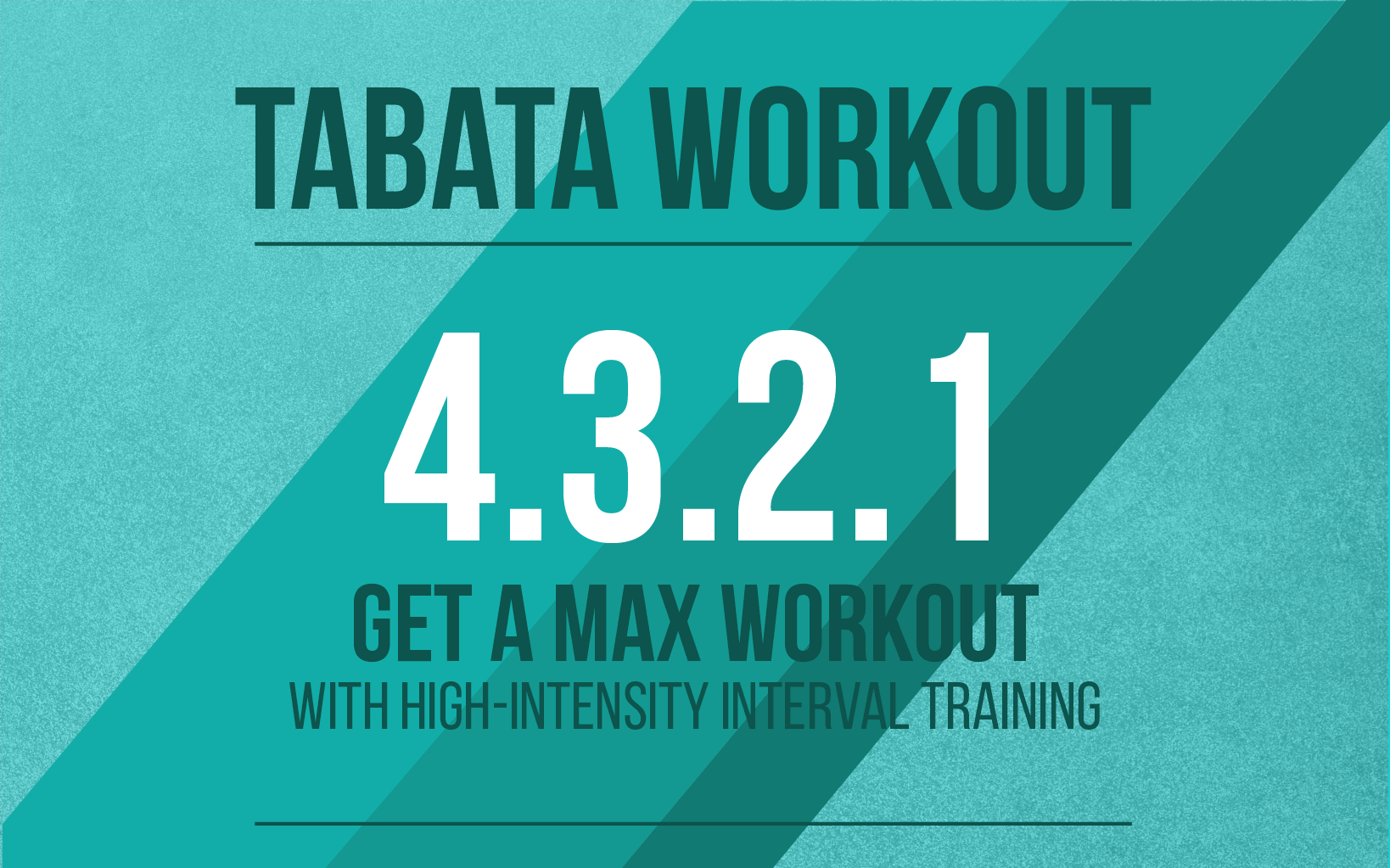Last Updated on November 7, 2023
If you’re feeling complacent in your workout, try adding Tabata or HIIT routines to mix it up. The American College of Sports Medicine recommends 150 minutes of moderate aerobic activity per week.
Moderate activity is defined by working at 40 to 60 percent of your max heart. An easy way to determine your max heart rate is to subtract your age from 220. You can then use your max heart rate to determine what moderate and vigorous exercise heart rate levels are specific to you.
Heart rate training is a more concrete way to determine exercise intensity. A heart rate training zone is a range that defines the upper and lower limits of training intensities. While moderate intensity is defined as 40 to 60 percent, it can also be split into aerobic and anaerobic types.
Aerobic means “with oxygen.” It’s the process your body uses to produce energy for exercise using oxygen. Aerobic exercise is defined between 40 and 85 percent of your max heart rate. During anaerobic exercise, oxygen consumption is not sufficient to supply the energy demands being placed on your muscles. You work in an anaerobic zone when your heart rate is above 85 percent.
A common anaerobic exercise is high intensity interval training (HIIT). Research has associated high intense interval training with improved glycemic control, insulin sensitivity, and improved cardiovascular health. Interval training can reduce cholesterol by about 13 percent in adults who already training (Peterson, et al., 2016).
The first great aspect of interval training is that your workout will not take nearly as long as your hour long cardio session. If you are trying to start up new workout habits researches have also found that interval training has a low dropout rate—you are more likely to stick with it (Sloth, et al., 2013).
Anaerobic Training with Tabata
One type of anaerobic training that has gained traction the last 20 years is Tabata training. It was developed by a Japanese professor Izumi Tabata in the 1990s. Originally intended for speed skaters, Tabata has caught on and is used throughout all divisions of fitness and training.
To complete a Tabata workout, set your timer for eight rounds of 10 and 20 second intervals. For a total of a four-minute workout. The rest intervals keep moving your body moving before you have time to recover from your previous set.
Tabata’s original study looked at young male members from the physical education department exercising on mechanically braked cycle ergometers. The two protocols were divided into two categories: a moderate-intensity group and a high-intensity interval group.
Protocol for the moderate-intensity group followed a six-week exercise program cycling for 60 minutes each session at 70 percent of the subject’s maximal oxygen uptake (VO2max). The high-intensity interval group started with a 10 minute warm-up and then completed seven to eight bouts of 20 seconds at 170 percent of VO2max, with 10 second rest periods.
The training protocol was altered one day per week. On that day, the students exercised for 30 minutes at 70 percent of V02max before doing four sets of 20 second intervals at 170 percent of V02max. This latter session was not continued to exhaustion. For each protocol, the criteria for exhaustion was that the subject was unable to maintain a pedaling speed of 85 rpm. Accumulated oxygen deficit was used to measure anaerobic energy release (Medicine and Science in Sports and Exercise (1996) 28, 1327-1330).
While both groups had significant increases in their VO2max—the moderate intensity group by 10 percent and the high-intensity group by 14 percent—only the high-intensity group improved anaerobic capacity by 28 percent. While the results make sense that when working anaerobically you improve both, compared to aerobically only impacts VO2max, what was really surprising was that it only took four minutes of true work.
Tabata Train with USANA Fitness Ambassador Erin Oprea
Other Benefits of HIIT and Tabata
Researches from the University of Wisconsin-La Crosse found that a total-body Tabata burned 15 calories a minute. Sixteen moderately fit to very fit men and women ages 20 to 47 participated in the study.
Each subject completed a total of two 20-minute Tabata-style workouts. The protocol was a five-minute dynamic warm-up, followed by four rounds of Tabata with one minute of rest in between each round, and concluded with a 10-minute cool-down. During the 20 second bouts of exercise, subjects performed as many repetitions of each exercise as possible, all of which were movements they had practiced beforehand.
Measuring heart rate, blood lactate, and rate of perceived exertion (RPE), the researchers found that during the Tabata workout, subjects averaged 86 percent of max heart rate and 74 percent of VO2max. On average, subjects perceived the workout to be challenging with an average RPE of 15.4—rated as “hard” on the 6-20 Borg Scale. On average participants burned between 240 and 360 calories. With an average of 15 calories per minute.
As you age your muscle mass changes, and it takes longer for your body to heal. Adding interval training at any age has can improve VO2 max between nine and 13 percent, based on a study published in the Medicine & Science in Sports & Exercise. VO2max is the most widely accepted evaluator for aerobic performance. VO2max measures the maximum amount of oxygen that your body can use, and increasing the amount of oxygen you can utilize will make you much more efficient—improving speed and lowering perceived exertion levels.
How to Tabata
Start with a 10-minute warm-up. Always end with a five-minute cool down to bring down your heart rate. Then take another five minutes to stretch. You want to try and pick exercises with maximal effort sprint-like activities, which is a component for Tabata workouts. Intensity, not duration, is the key ingredient. A person should not be able to go for more than four minutes doing the maximal effort.
Sprints—Simple enough. Sprint for 20 seconds, rest for 10. Sprint for 20, rest for 10. If you can set a loud timer it might make it easier or if you have a watch that has large numbers and it is easy to read while running.
Elliptical Machine—Less wear and tear on your joints, but tougher to go “all-out” because it can only go so fast, but you can crank up the resistance and still get in a great workout.
Rowing Machine—This is a great way to exercise your entire body with little impact. Just be sure to keep your intensity level above the 85 percent max heart rate.
Stationary Bike—Be sure that you again have enough resistance and keep your heart rate elevated during your bouts of exercise.
Tabata training should be done two to three times a week, allowing at least 48 to 72 hours of rest between each session since you’ll be working every major muscle group during each workout.

Sources
1 Garber, C. E., Blissmer, B., Deschenes, M. R., Franklin, B. A., Lamonte, M. J., Lee, I., . . . Swain, D. P. (2011). Quantity and Quality of Exercise for Developing and Maintaining Cardiorespiratory, Musculoskeletal, and Neuromotor Fitness in Apparently Healthy Adults. Medicine & Science in Sports & Exercise, 43(7), 1334-1359. doi:10.1249/mss.0b013e318213fefb
2 Petersen, B. A., Hastings, B., & Gottschall, J. S. (2016). High Intensity Interval Cycling Improves Physical Fitness In Trained Adults. Journal Of Fitness Research, 5(1), 39-47.
3Porcari, J. P., Schnettler, C., Wright, G., Doberstein, S., & Foster, C. (2010). Energy Cost and Relative Intensity of a Kettlebell Workout. Medicine & Science in Sports & Exercise, 42, 65-66. doi:10.1249/01.mss.0000385219.40655.3e
4Sloth, M., Sloth, D., Overgaard, K., & Dalgas, U. (2013). Effects of sprint interval training on VO2max and aerobic exercise performance: A systematic review and meta-analysis. Scandinavian Journal Of Medicine & Science In Sports, 23(6), e341-e352.
5Støren, Ø., Sæbø, M., Støa, E. M., Bratland-Sanda, S., Helgerud, J., Unhjem, R. J., & … Wang, E. (2017). The Effect of Age on the VO2max Response to High-Intensity Interval Training. Medicine & Science In Sports & Exercise, 49(1), 78-85.
6Tabata, I., Nishimura, K., Kouzaki, M., Hirai, Y., Ogita, F., Miyachi, M., & Yamamoto, K. (1996). Effects of moderate-intensity endurance and high-intensity intermittent training on anaerobic capacity and VO2max. Medicine & Science in Sports & Exercise, 28(10), 1327-1330. doi:10.1097/00005768-199610000-00018
Repost from What’s Up USANA Blog by Aubrie Haymore







